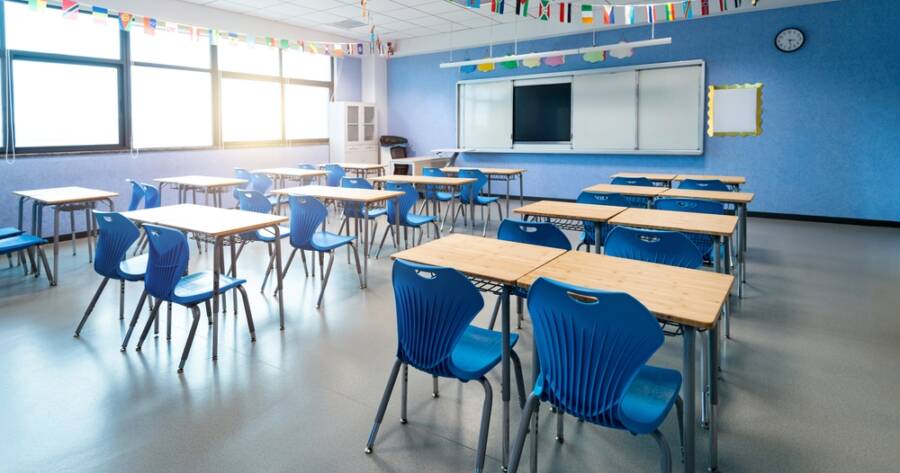The way a classroom is arranged influences far more than where students sit—it shapes how they interact, focus, and learn. Thoughtful seating strategies can transform classroom dynamics, boost engagement, and support diverse learning styles. From collaboration to concentration, the physical layout of a space affects both energy and behavior. When educators approach seating as a flexible teaching tool rather than a fixed setup, the classroom becomes a place where learning flows naturally.
Understanding the Power of Placement
Seating isn’t just about logistics—it’s about psychology. Where a student sits can impact their participation, confidence, and even their sense of belonging. Students near the front often engage more actively, while those in the back may feel more comfortable observing. Recognizing this helps teachers make intentional choices that support different learning needs.
The best classrooms balance structure with flexibility. Teachers who observe how students respond to different setups can adjust arrangements to encourage better focus and communication. A well-designed seating plan promotes accessibility, inclusion, and equality by ensuring every student feels seen and valued, no matter where they sit.
The Traditional Rows: Order and Focus
The classic row setup remains effective for specific purposes. It directs attention toward the teacher and minimizes distractions during lectures, tests, or individual work. For students who thrive on structure, this arrangement provides clear boundaries and helps maintain classroom discipline.
However, traditional rows can limit collaboration and discussion. To make the most of this format, teachers can build in movement—periodically rearranging desks for group activities or peer review sessions. By using rows strategically rather than permanently, educators can blend order with interaction, creating balance between focused learning and active participation.
Clusters and Pods: Collaboration in Action
Group seating, often arranged in clusters of four to six, encourages teamwork and communication. It’s ideal for cooperative learning, project-based assignments, and creative brainstorming sessions. Students learn to negotiate roles, share perspectives, and solve problems collectively.
While clusters build community, they can also invite off-task chatter if not managed carefully. Clear expectations and structured tasks are essential. Rotating groups regularly keeps social dynamics fresh and ensures all students develop collaboration skills. When designed intentionally, this setup turns the classroom into an interactive workspace where peer learning thrives.
U-Shaped and Horseshoe Layouts: Discussion-Friendly Designs
A U-shaped or horseshoe arrangement invites dialogue. Students face one another, creating a sense of connection and inclusivity. Teachers can easily move within the space, making it ideal for discussions, debates, and interactive lessons. This setup visually reinforces that learning is a shared experience, not a one-way exchange.
Because everyone can see each other, participation feels more natural and balanced. Eye contact and visibility foster accountability, while open space in the center encourages demonstrations or student presentations. This layout is especially effective in language, humanities, and small-group instruction, where conversation and connection are key.
Flexible Seating: Adapting for Modern Learners
Flexible seating replaces uniformity with choice. Beanbags, standing desks, stools, and floor cushions allow students to select where and how they learn best. This approach supports movement, autonomy, and comfort, especially for students who struggle to focus in rigid environments.
When implemented thoughtfully, flexible seating promotes self-regulation and responsibility. Students learn to choose spaces that help them stay engaged. However, it works best with structure: clear guidelines and rotating choices prevent chaos and ensure equity. Flexibility doesn’t mean a free-for-all—it means designing a learning environment that adapts to both students’ needs and the day’s goals.
Considering Accessibility and Inclusion
Every seating plan should account for accessibility and inclusivity. Students with different physical, sensory, or learning needs benefit from strategic placement that supports participation without drawing unwanted attention. Accessibility also includes ensuring clear pathways, adjustable seating, and equitable visibility of the board or teacher.
Inclusion goes beyond physical space, too. It’s about emotional comfort. Teachers can invite student input when creating seating charts, giving them a sense of ownership. Thoughtful seating design communicates respect, helping every student feel safe, valued, and ready to learn. When students feel included, their confidence and their learning flourish.
Designing Space With Purpose
A classroom’s layout is more than furniture—it’s an extension of teaching philosophy. The right seating strategy evolves with the lesson, the class, and the students themselves. Whether you’re arranging desks in rows for focus, clusters for creativity, or circles for discussion, what matters most is intention.
Effective seating doesn’t just organize a room; it shapes a learning experience. When space supports connection and engagement, every seat becomes a place where students can thrive.

